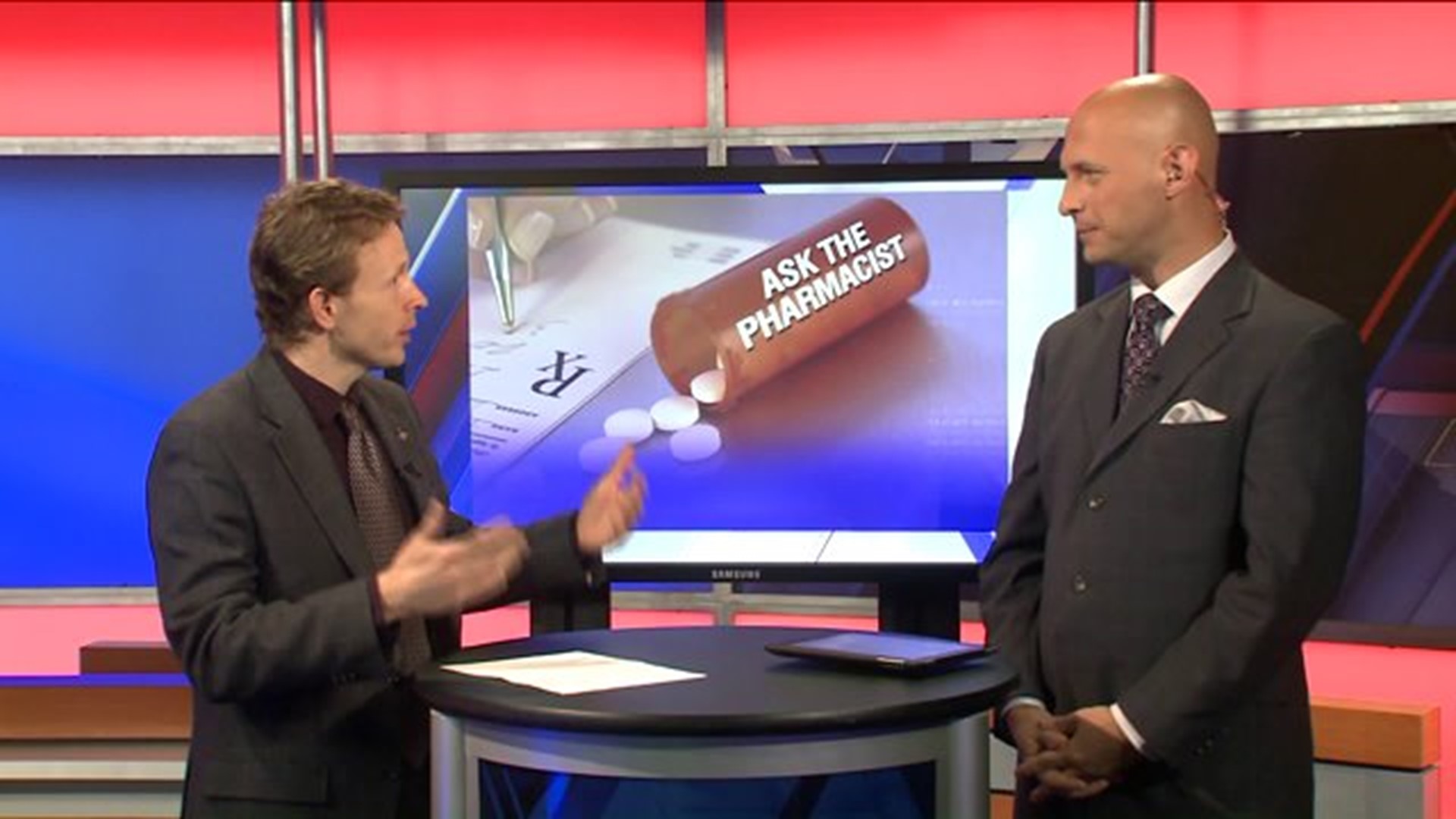Antibiotics are routinely given to agricultural animals with no signs of infections to help them grow larger and to prevent infections from occurring. In a major position statement by the Society of Infectious Disease Pharmacists which was released last week, a national panel led by UConn School of Pharmacy and Hartford Hospital faculty member Dr Michael Nailor is calling for major changes.
In 1950 a large study found that adding antibiotics to live-stock feed accelerated animal growth rates. About 80% of all antibiotics consumed in the United States are consumed by agricultural animals. These antibiotics are sold without a prescription and in almost all cases without the involvement of a veterinarian. The FDA, USDA, and CDC all testified before Congress that the routine use of antibiotics in healthy agricultural animals was a major cause of antibiotic resistance in humans. So viewers should care because 2 million illnesses and 23,000 deaths annually are directly attributable to antibiotic resistance and no matter how much effort is spent to decrease antibiotic overuse by primary care physicians and in hospitals, we cannot curtail this rising epidemic without controlling antibiotic use in agricultural animals. Remember that agricultural animals can infect people through bacteria on undercooked meats, infecting farm workers, butchers, grocers, or consumers who then transmit the disease, or through insects that act as carriers. And also, if antibiotics are being routinely given to animals, if they get an infection they are more likely to die because the bacteria is likely resistant.
The national panel is made up of people just like Dr Nailor, pharmacists involved in antimicrobial stewardship programs who help physicians select antibiotic choices that lower the risk of antibiotic resistance. They recommend sensible steps that can bend the curve of antibiotic resistance. First, they would like to see whether the effects seen with antibiotic use and animal growth in 1950 are still occurring today. With changes in breeding, feeding, and other techniques, antibiotics may not be producing any benefits but still causing risk. Second, they would like to limit the use of any antibiotic classes that are currently used in humans to agricultural animals who are actually sick as verified by a veterinarian. Third, they would support funding of alternative methods to enhance animal growth without the use of antibiotics or means that are known to risk human health. Finally, they want research to be conducted assessing the use of antibiotics and antifungal drugs used on plants. There is increasing use of antifungal drugs and head lice drugs that are used in humans to treat grass, bushes, and plants increasing the risk that resistance will develop. We don’t know about the extent of that problem but it is better to get out ahead of it than to wait for it to become a crisis like we have with antibiotic resistance. Ultimately, they want our elected officials to recognize the extent of this problem and help devise prudent solutions that protect human and animal health.
Dr. Michael White from the UConn School of Pharmacy

